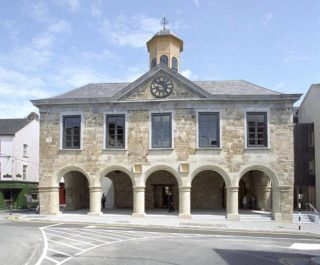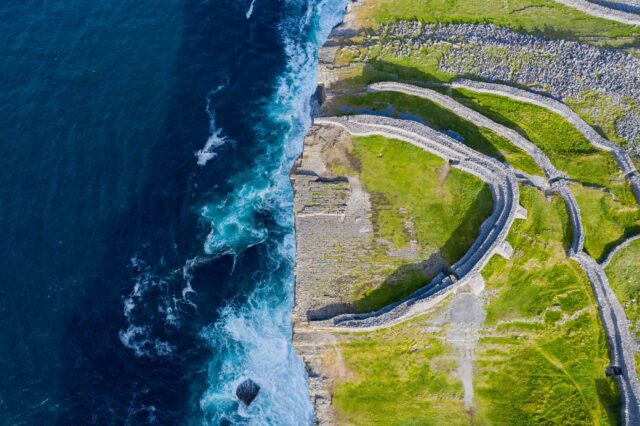The Main Guard Highlights (4)

The Guided Tour
Among the oldest civic buildings in Ireland, the Main Guard in the centre of Clonmel is one of the few surviving examples of classical-style public architecture. It was built in 1675 as a courthouse for the palatinate of Tipperary. The early 1800s saw the building used for shops and dwellings. The structure was restored during the 1900s and opened as a heritage site in 2003. Our tour guides are passionate about this magnificent building and will be happy to talk you through its rich history. The tour generally takes 25–30 minutes but can be adjusted to your schedule.
The Main Chamber
The beautiful main chamber originally functioned as a courtroom. Today it houses an exhibition about the history of the Main Guard. The display details the history of the Butler family and the court systems that functioned here, including the notorious trials of Father Sheehy, an opposition to the Penal Laws, who was later executed by hanging.
On the opposite wall is a collection of photographs from the mid-1800s by William Despard Hemphill. Hemphill was from Clonmel and photographed many of the larger houses in the area. Hemphill pioneered stereoscopic photography, a type of early 3D image. He won several international awards for his work.
Remarkably, parts of the building’s original plaster have been preserved. Several pieces of the horse hair used to strengthen and bind the plaster are evident.
Under the Arches
On exiting the building, it is worth taking time to explore some of the hidden artefacts on the arcade. The impressive loggia of arches which form the front façade are reconstructions. The originals were removed in 1810 to accommodate the newly inserted shopfronts. Much of the original sandstone for the building was quarried locally. However, the stone for the reconstructed pillars came all the way from County Donegal.
Less visible are the stonemasons’ marks. There are three on the arcade. If you can’t find them yourself, our staff will be happy to help you. Marks like these can be found on earlier churches and castles. Together with a number of dressed stone pieces discovered during restoration, they lead us to believe that some of the stone used in the construction of the Main Guard may have been recycled from a nearby Cistercian monastery.
The Daisy Wheel
The final piece of hidden history on the arcade is the Daisy Wheel (on the wall to the left of the arch leading to Mitchell Street). This particular piece of history was only discovered eight years ago, when a piece of plaster became dislodged from the wall. There are several theories as to what this enigmatic symbol represents. Is it a consecration mark from when the Cistercian abbey was first in use? Was it to guard the building against witchcraft? Signs like this are often found at the entrance points to historical marketplaces – they were intended to protect the people, animals and food within. Thus far, though, very few have been uncovered in Ireland.
